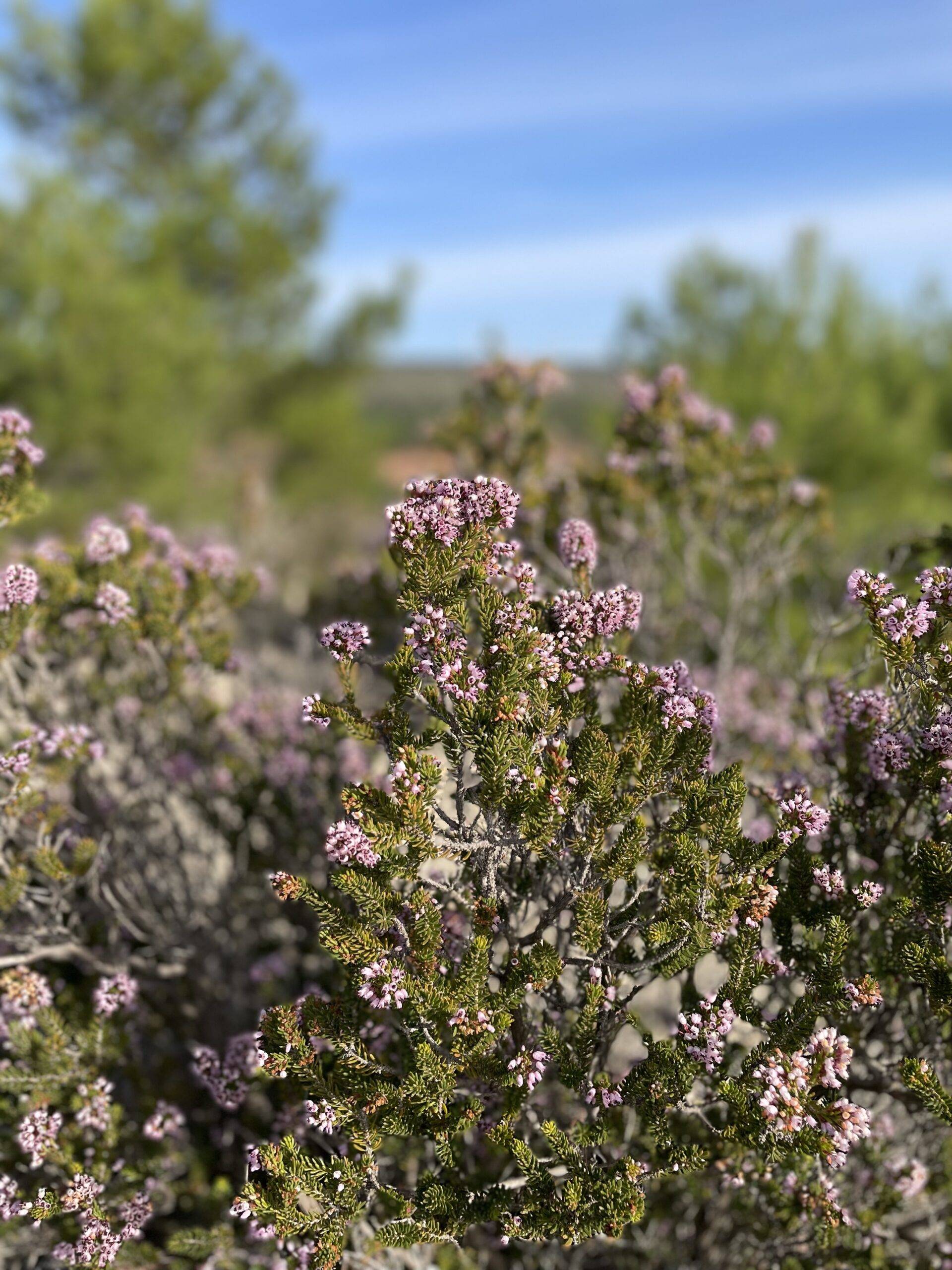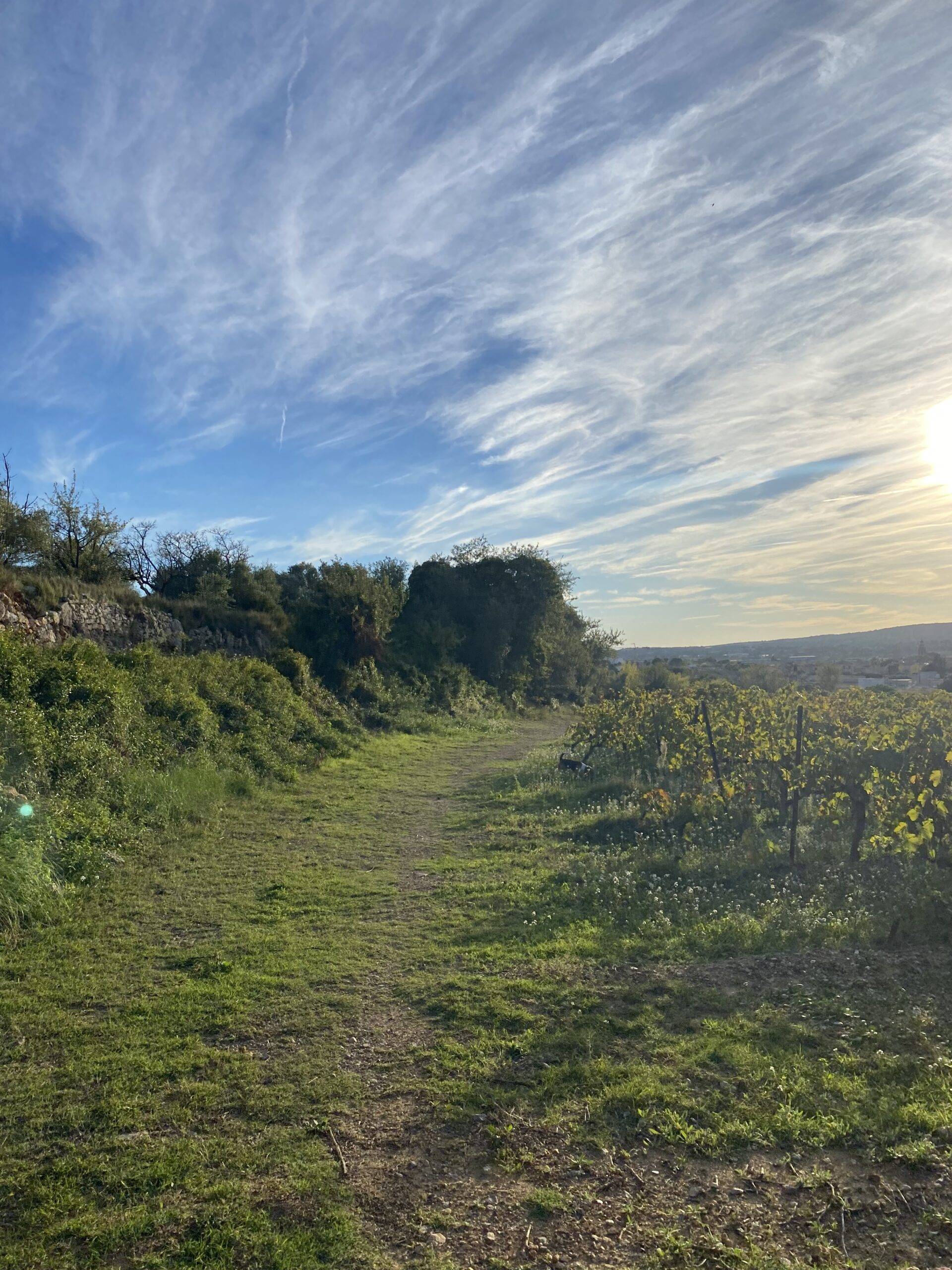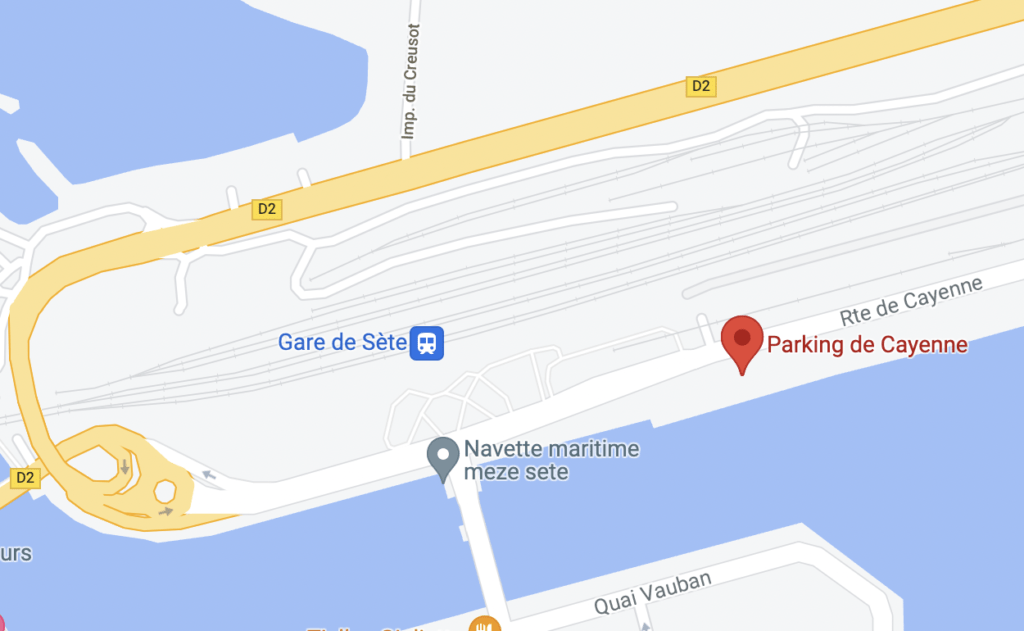The garrigue a synonym for biodiversity
Discover the garrigue, a plant landscape emblematic of regions with a Mediterranean climate.

1. The garrigue and its environment
The garrigue is mainly found in regions with a Mediterranean climate, such as around the Mediterranean Sea, but can also be found in other areas with a similar climate, such as California, South Africa, Australia and parts of Latin America.
The vegetation of the garrigue is typically composed of low shrubs, herbaceous plants and a few small trees. Species such as thyme, rosemary, lavender, heather, juniper, kermes oak and others can be found here. These plants are often adapted to poor soil conditions and low rainfall.
As a result, they have developed mechanisms to resist drought and difficult environmental conditions. They often have narrow or leathery leaves that minimize water loss through evaporation.
2. The virtues of the garrigue
The garrigue is an ecosystem rich in biodiversity, home to a wide range of plant and animal species. It is home to a huge variety of insects, birds, reptiles and small mammals such as rabbits, hedgehogs and voles.
The garrigue plays an essential role in the balance of the Mediterranean ecosystem. Each of its plants provides habitats and food resources for numerous species, helping to preserve biodiversity.
In addition to its contribution to biodiversity, the garrigue also has a direct influence on the aromas of the wines produced in these regions. Garrigue plants such as thyme, rosemary and lavender release aromatic compounds that can be absorbed by grape blossoms and influence the final taste of the wine.
And that’s not all: the garrigue also offers opportunities for sustainable tourism, with activities such as hiking, gathering wild edible plants, and guided tours focusing on biodiversity.



